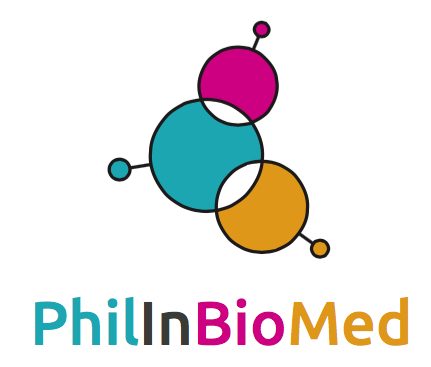
Aging is an elusive property of life, and many important questions about aging depend on its definition. This article proposes to draw a definition from the scientific literature on aging. First, a broad review reveals five features commonly used to define aging: structural damage, functional decline, depletion, typical phenotypic changes or their cause, and increasing probability of death. Anything that can be called ‘aging’ must present one of these features. Then, although many conditions are not consensual instances of aging, aging is consensually described as a process of loss characterized by a rate and resulting from the counteraction of protective mechanisms against mechanisms that limit lifespan. Beyond such an abstract definition, no one has yet succeeded in defining aging by a specific mechanism of aging because of an explanatory gap between such a mechanism and lifespan, a consensual explanandum of a theory of aging. By contrast, a sound theoretical definition can be obtained by revisiting the evolutionary theory of aging. Based on this theory, aging evolves thanks to the impossibility that natural selection eliminates late traits that are neutral mainly due to decreasing selective pressure. Yet, the results of physiological research suggest that this theory should be revised to also account for the small number of different aging pathways and for the existence of mechanisms counteracting these pathways, that must, on the contrary, have been selected. A synthetic, but temporary definition of aging can finally be proposed.
Read more here.

